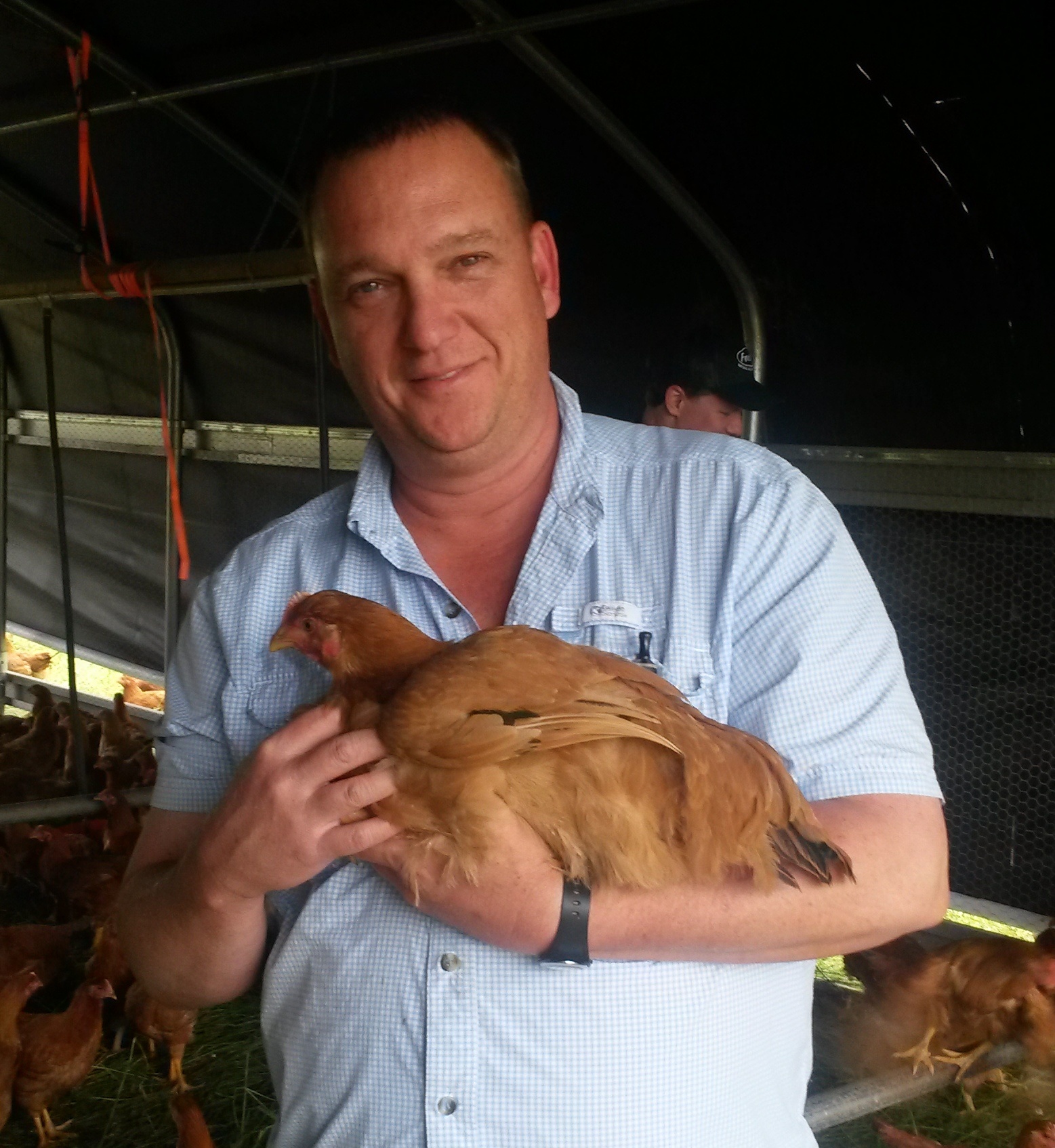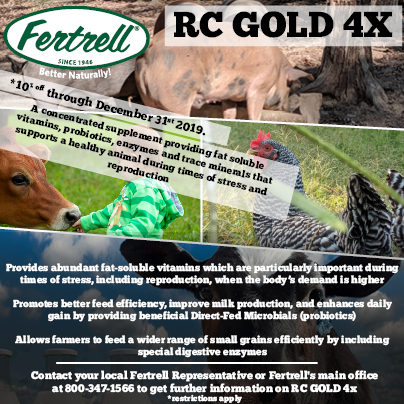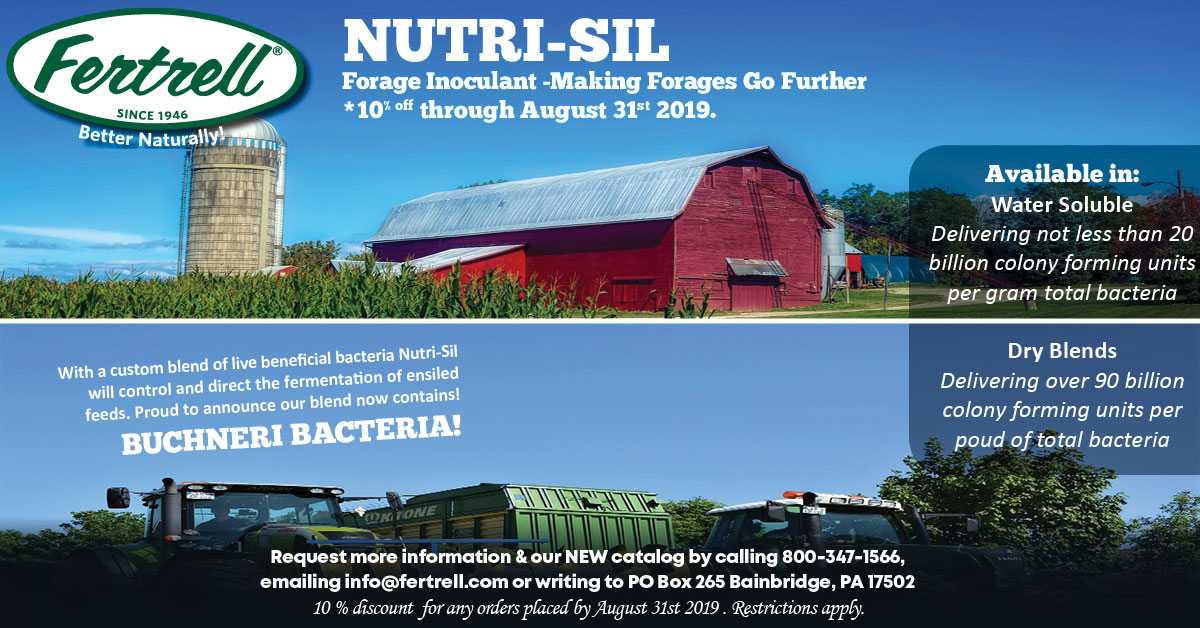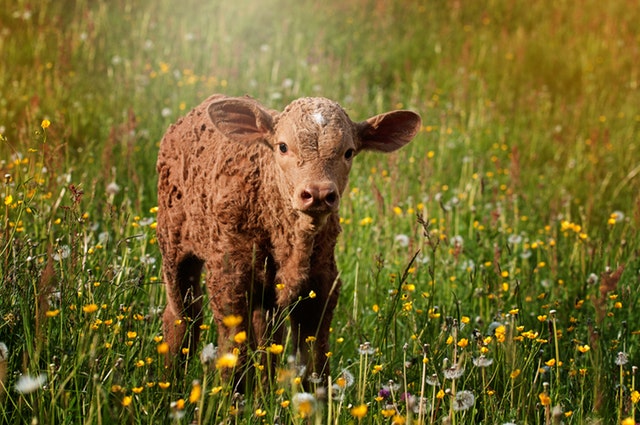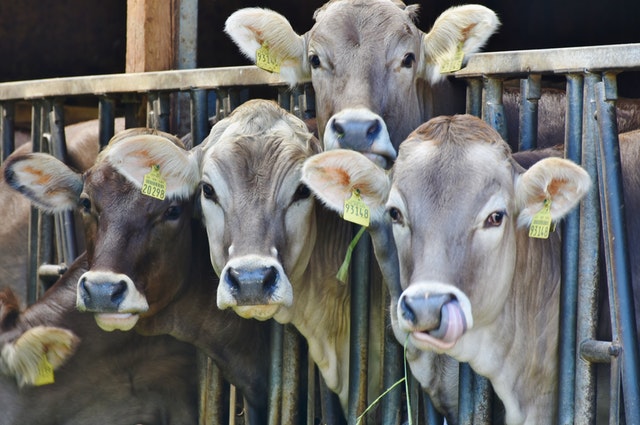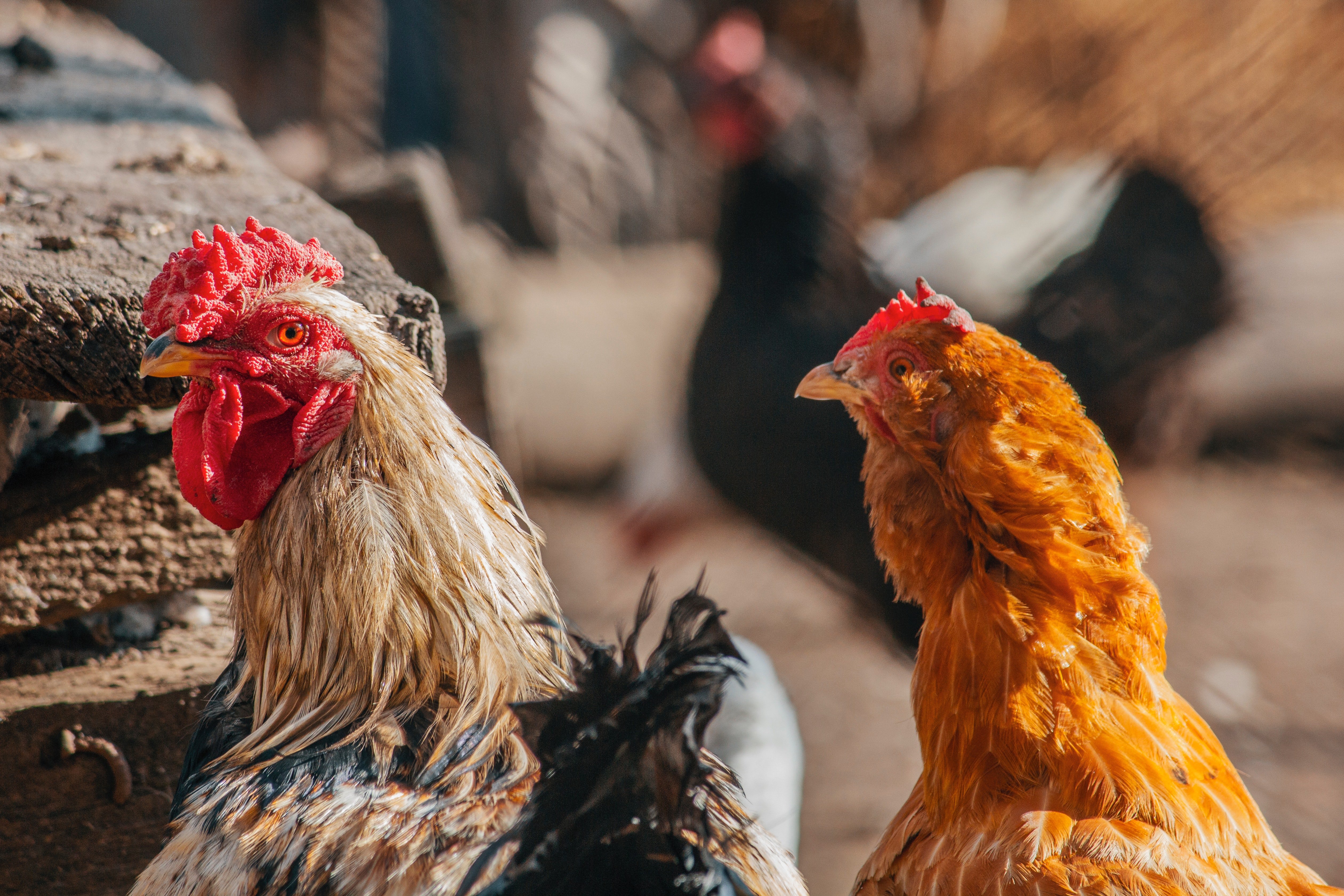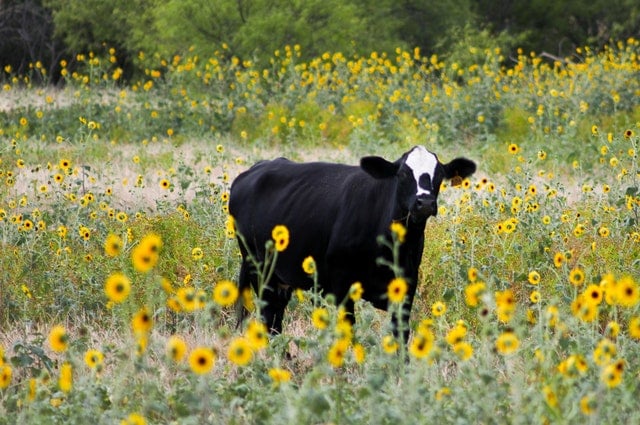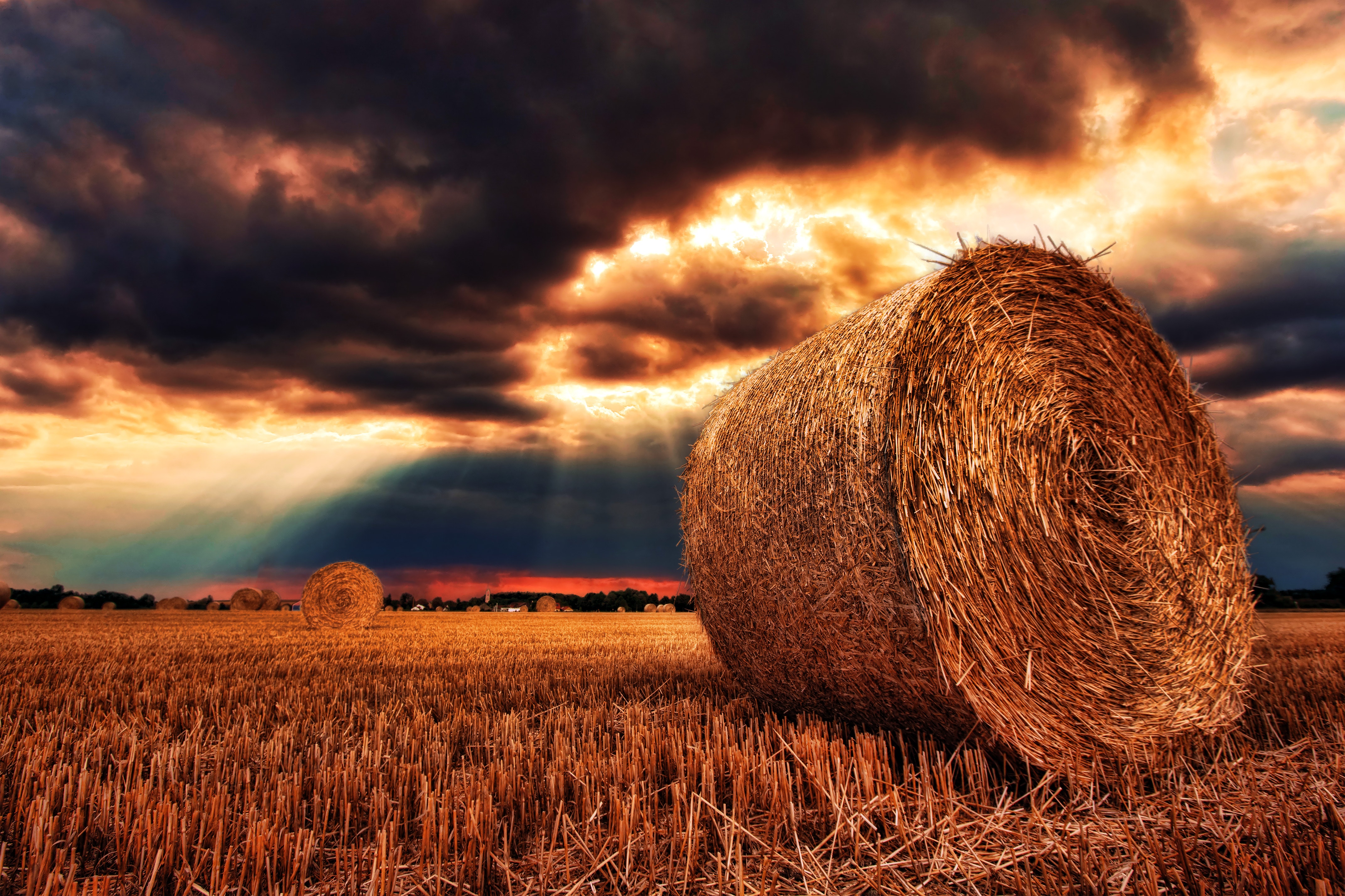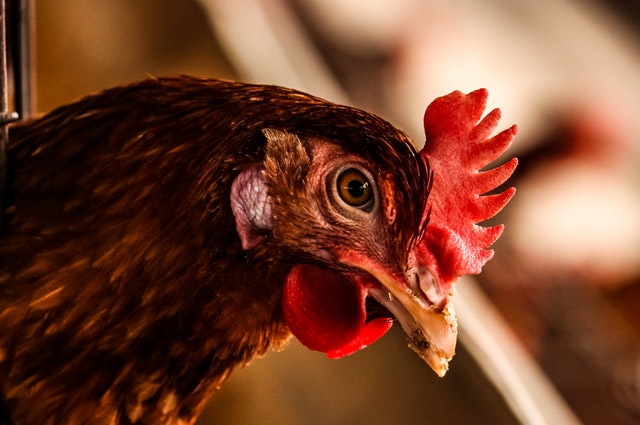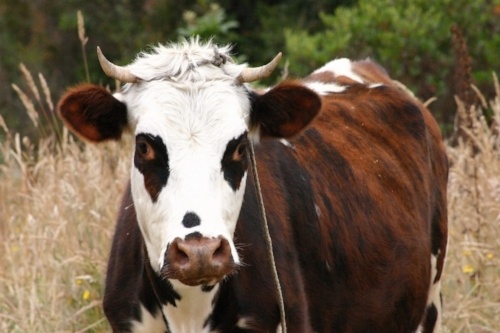Dear valued customers and friends,
Fertrell Blog
Recent Posts
RC Gold 4X is the cornerstone of the Fertrell’s dairy nutrition program. It came about 13 years ago. When fuel prices were astronomical and the cost of shipping products became way too expensive. At the same time milk prices were depressed. The farmer’s woes were coming from 2 sides fuel price up and milk prices down. This economic storm was the trigger for developing RC Gold 4X.
Fertrell’s Forage Inoculant is available in a dry and a water-soluble form.
Some of the Keys to a Successful spring freshening that I have seen in past are: Good energy and protein levels, proper anionic minerals, above average vitamin levels, and a toxin binder when on stored feeds. It is fairly well known that proper amount of energy is necessary for calf development and cow body condition. You can’t see inside to know what the calf looks like. But you can see the cow and how her body condition is looking.
A little history lesson, years ago Fertrell offered a dry cow mineral. It was called Hi Phos 3 – 15. Some of you probably remember this mineral blend. For several reasons, Hi Phos 3 – 15 went away. It had ingredients that were frowned upon by some organic certifiers and it was expensive. Sales had dwindled to a level low enough to remove it from our product line.
After that, feeding dry cows went along prettywell until recently. As we are formulating dry cow rations these days, we see deficiencies and imbalances that will lead to calving problems. I am seeing way too much potassium in many of the forages that are being fed to dry cows. We are also seeing way too many mold and mycotoxins in the forage
test being reported. These trends in forages and feedstuffs for dry cows has driven us back to needing a dry cow specific mineral blend.
A blend that can buffer the antagonistic inputs, support better health and balance cations and anions in the dry cow’s metabolism. The new dry cow mineral contains Mono-Sodium Phosphate for the best phosphorus source available in the market. The Mono-Sodium Phosphate ensures that critically needed phosphorus enters into the blood stream to condition and support reproductive organs. Especially the ovaries and uterus during times of stress.
Fertrell Dry Cow mineral also contains magnesium sulfate to supply high quality magnesium and sulfur. Magnesium is essential during the dry period to buffer excess potassium, lignin and high fiber. Magnesium is an effective mild laxative to keep the digestive tract moving smoothly as well. It has been found very effective in the first segment of the small intestinal tract where blockages are fairly common leading to bloat and or displaced abomasum. We also included Redmond Conditioner to aid in managing molds and toxins that may be in the grains and forages being fed. We feel that molds and mycotoxins are becoming more common in forages. I am not sure if there are more in recent years or if we have
I have had some interesting dialogue regarding feeding milk to poultry and I think there are several points that need to be addressed in regards to feeding milk to poultry:
Invigorate is a powerful blend of Vitamins, Trace Minerals, Direct fed Microbials. It includes Vitamin A, D, E, Riboflavin, Choline, Niacin, Folic Acid, and trace minerals including Cobalt, Selenium, Manganese, Zinc, Copper and Iron. Invigorate also has direct fed microbials includes Yeast cultures and blended Lactic acid bacteria (Lactobacillus acidophilus, Enterococcus faecium, Lactobacillus casei, Lactobacillus plantarum).
As fall ends and winter begins, many farmers turn their attention to the stored forages they've made for their herd. The last of the hard field work will soon be over giving way to holidays, weddings and other celebrations seasons. This is also the best time to inventory all of your stored forages including Hays, Corn Silage, Haylage and grains. This will allow you to accurately estimate how much additional feed you will need to buy or how much extra feed you will have to sell till next harvest season.
In the winter of 2002-2003, I had to learn new lessons about laying hens in cold weather. In Lancaster County, PA that year we had the coldest winter in the past 50 years, with over 30 days below freezing. I didn’t give any extra thought regarding my egg producing customers until they started calling. Several things happened that winter that had not occurred in the past 6 years. The hens started to get irritable because of overcrowding. They began pecking and eating feathers from each other due to a lack of protein or methionine. Others were losing feathers because they started molting. Some hens were eating nearly twice the normal amount of feed to offset the cold temps and/or poor feed quality. The extra feed they ate caused their egg sizes to increase significantly. Meanwhile, egg production numbers were decreasing, which could indicate a number of possible problems.
Something that comes to mind every year during the winter months is molds and toxins in forages. During the spring, summer and early fall, I don’t need to think about these because the availability of pasture and fresh forages seem to negate the affects of stored feed molds and toxins. However, during the winter months when feeding all stored or fermented feeds, the affects of molds and toxins become much more prevalent because that is all that is being fed.
About this Blog
The Fertrell Company blog is for farmers, backyard gardeners, and homesteaders alike. Learn from the experts on all things natural and organic for both soil and livestock.
Subscribe to Email Updates
Recent Posts
Posts by Topic
- Soils (18)
- Agronomy (13)
- Cows (13)
- Poultry (12)
- Dairy (8)
- Plant (7)
- Feed (5)
- plants (5)
- Herd (4)
- Mycotoxins (4)
- Vegetables (4)
- laying hens (4)
- soil testing (4)
- Forage (3)
- essential trace mineral (3)
- soil (3)
- swine (3)
- winter (3)
- Aragonite (2)
- Chickens as pets (2)
- Grazing (2)
- Testing (2)
- Turkeys (2)
- fertrell liquid #3 (2)
- grazing livestock (2)
- livestock (2)
- produce (2)
- smallscalegarden (2)
- soil test (2)
- start a garden (2)
- Berry Mix (1)
- Blue N 5-1-1 (1)
- Catch It (1)
- Dr. Paul (1)
- Fertrell Blue N 5-1-1 (1)
- Fertrell Super K 3-4-7 (1)
- Fertrell's Grazier’s Choice (1)
- Fertrell’s Liquid 3-4-3 (1)
- Fish emulsion (1)
- Graziers Choice (1)
- Grazing Season (1)
- Herbal Supplement Powder (1)
- Holly Care (1)
- Hoof Boost (1)
- Hoof Health (1)
- Horse Nutri-Balancer (1)
- Kelp conditioner (1)
- Lawn (1)
- Parasite Pressure Prevention (1)
- Preferred Calcium Source (1)
- RC GOLD (1)
- Water (1)
- baby chicks (1)
- backyard poultry (1)
- benefits of eggs (1)
- broilers (1)
- buying chicks (1)
- chickens (1)
- cold frame (1)
- copper (1)
- cover crops (1)
- dr.paul aloe pellets (1)
- early blight (1)
- fertrell high sulfur mineral (1)
- fertrell’s super k 3-4-7 (1)
- fertrell’s super n 4-2-4 (1)
- foliar feeding (1)
- free-choice (1)
- fungi (1)
- garden (1)
- garlic (1)
- hops (1)
- jet ag (1)
- kelp (1)
- kelp meal (1)
- late blight (1)
- liquid fertilization (1)
- loosing feathers (1)
- microbes (1)
- minerals (1)
- molt (1)
- molting (1)
- molting chicken (1)
- orchards (1)
- oxidate (1)
- pasture season (1)
- pigs (1)
- planting garlic (1)
- regalia (1)
- seed soak (1)
- seed starting (1)
- sow (1)
- stargus (1)
- straw-bale (1)
- strawbale (1)
- strawbale garden (1)
- sulfur (1)
- tissue testing (1)
